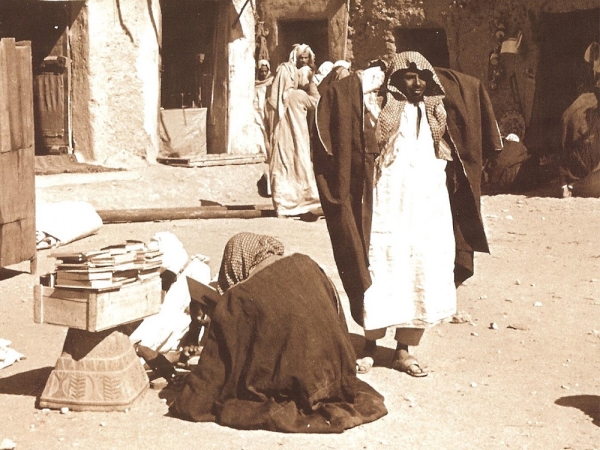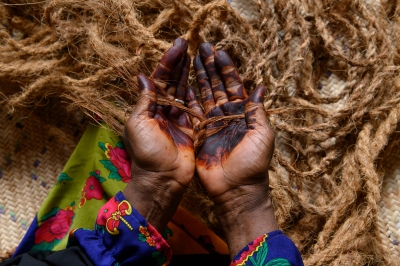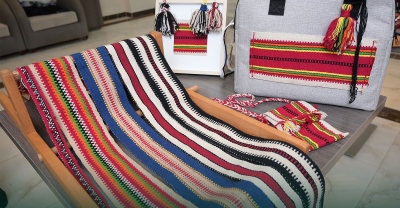

Al-Kutubiyya (Library clerk) is one of the ancient professions of the Kingdom of Saudi Arabia, which includes selling, displaying, arranging, and archiving books. This profession has spread in a number of Saudi provinces, especially Makkah al-Mukarramah and al-Madinah al-Munawwarah, due to the flourishing of trade during the Hajj and Umrah seasons, besides being affected by the activity of the scientific movement in the Grand Mosque and the Prophet’s Mosque. A person practicing this profession is referred to as "al-Kutubi" (library clerk). It is still one profession that is practiced nowadays but with modern methods and techniques.
Work of al-Kutubi
Al-Kutubi is specialized in acquiring, buying, and selling books to customers, after cleaning and sorting them according to their topics. Al-Kutubiyya profession is not practiced by many, as only a few have excelled in this field. Moreover, it is usually a profession that parents and grandparents pass on to their children.
Al-Kutubiyya in modern times
In the modern era, selling books has become a regulated profession, requiring a permit from relevant government entities. This profession demands proficiency in general book literacy and author knowledge, as well as the ability to effectively locate, store, and assist customers in selecting suitable books.
In the modern era, one of the primary responsibilities of the bookselling profession involves systematically classifying books and volumes according to their topics, making them easier to locate. Additional duties include receiving, documenting, and preserving books within the library's records, alongside the fundamental tasks of selling, displaying, and maintaining books.
Similar professions
The profession of al-Kutubiyya has been associated with other similar professions due to the nature of its work, which involves dealing with books. These professions include bookbinding, a practice known in various regions of the Kingdom, particularly in al-Madinah al-Munawwarah. Bookbinding specializes in binding important government books and records, such as those from courts and Sharia departments. However, due to the lack of modern binding machinery at that time, the binding process was primitive. Various materials were used, including cardboard, leather, and cloth. The paper was stitched together with thread and a needle, then glue was applied, followed by covering it with cardboard and a piece of cloth.
Related quizzes
Related articles

